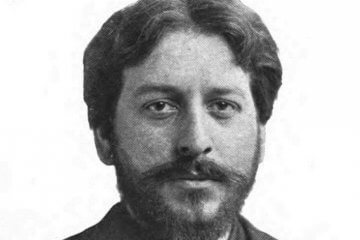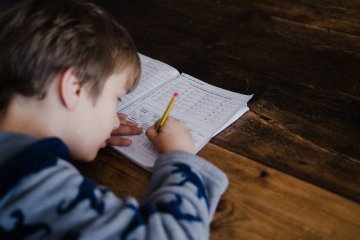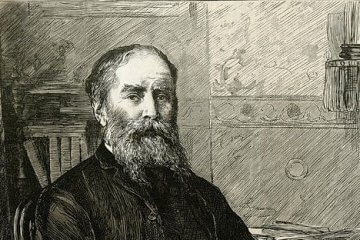In the summer of 2015, four friends in southwest Ohio gathered in a living room to share their hopes and dreams for their children’s education. They were captivated by this thing called “classical education,” by the idea that education is about one generation passing on its culture to the next and forming whole human persons, rather than simply outfitting workers for the economy.
Audrey and Clay Davis and Wes and McKenzie Brooks gathered together that summer evening to share their disappointment with the state of public education in their school district—where technology rules and “low-performing” schools are the norm—and to express a desire to provide their kids and their community with a better alternative. Audrey had a friend who had taught at Highlands Latin School in Louisville, Kentucky, so the four of them decided to make the three-hour drive south to see classical education firsthand.
“It was,” in Audrey’s words, “a jaw-dropping experience.” They toured the school and observed a variety of classrooms, but a fourth grade Latin class proved particularly inspirational, as they witnessed how much young children could accomplish when a school raises the bar and provides a setting in which students are expected and enabled to reach it. The four friends came to HLS having their own school’s teachers and location nailed down, and they left with a curriculum (the HLS curriculum published by Memoria Press), a model to emulate (HLS), and the support they needed (the staff of the Classical Latin School Association). They were missing only one thing: students.

Less than a year later, the students came, and Northstar Classical School opened its doors with a junior kindergarten program in August of 2016. The school has expanded in both size and grade levels since then, and has begun to experience remarkable success.
Following the HLS pattern of administering one—and only one—standardized test per year, Northstar decided to administer the Iowa Test of Basic Skills in grades K-2 this past school year. With little in the way of formalized test preparation, the school endeavored to make it clear to both parents and students that the test was simply one indicator of success, and not the only one or the most important.
The results? Kindergartners and first graders scored in the top 1% of students, and the second graders within the top 2%.
“It was a huge blessing and affirmation that we were on the right path,” said Audrey. “I think standardized test scores are a good byproduct of a great education, but they’re not an end in themselves. It’s one way to make sure you stay on track, not the main thing.”
As the four friends look to the future, remembering the main thing is precisely what they intend to do. They intend to grow the school by developing new and better ways to form Northstar Classical’s students in body and soul even as their minds are formed through the curriculum, so that students will leave well-equipped for the work of passing on the culture to those who come after them.


